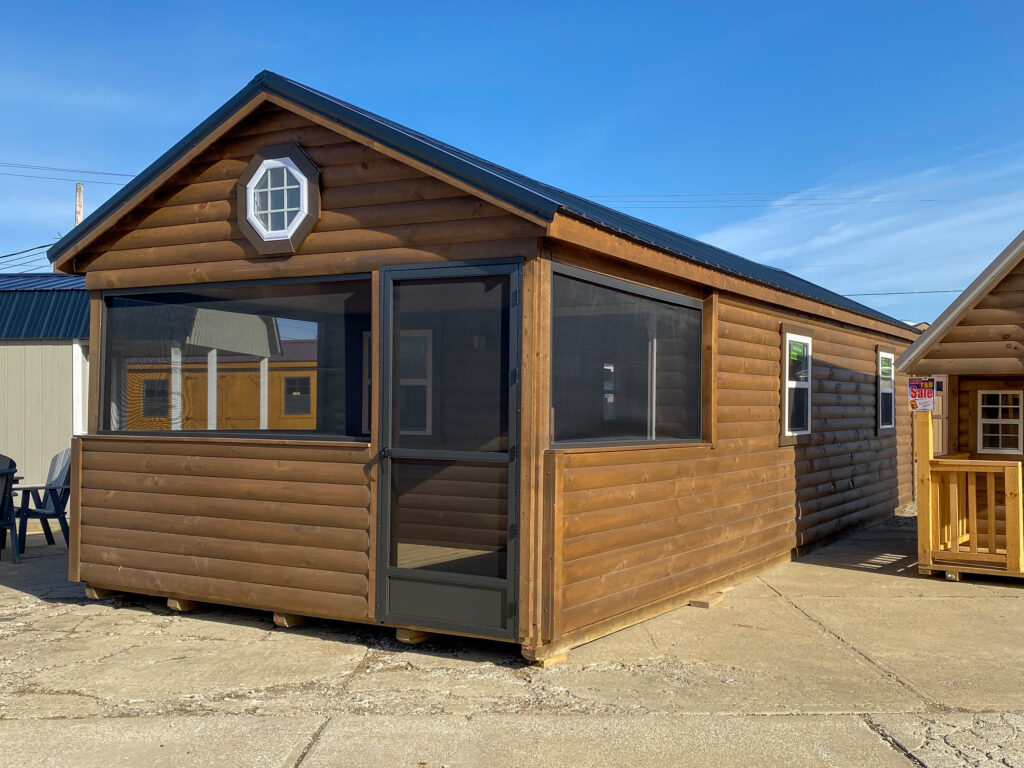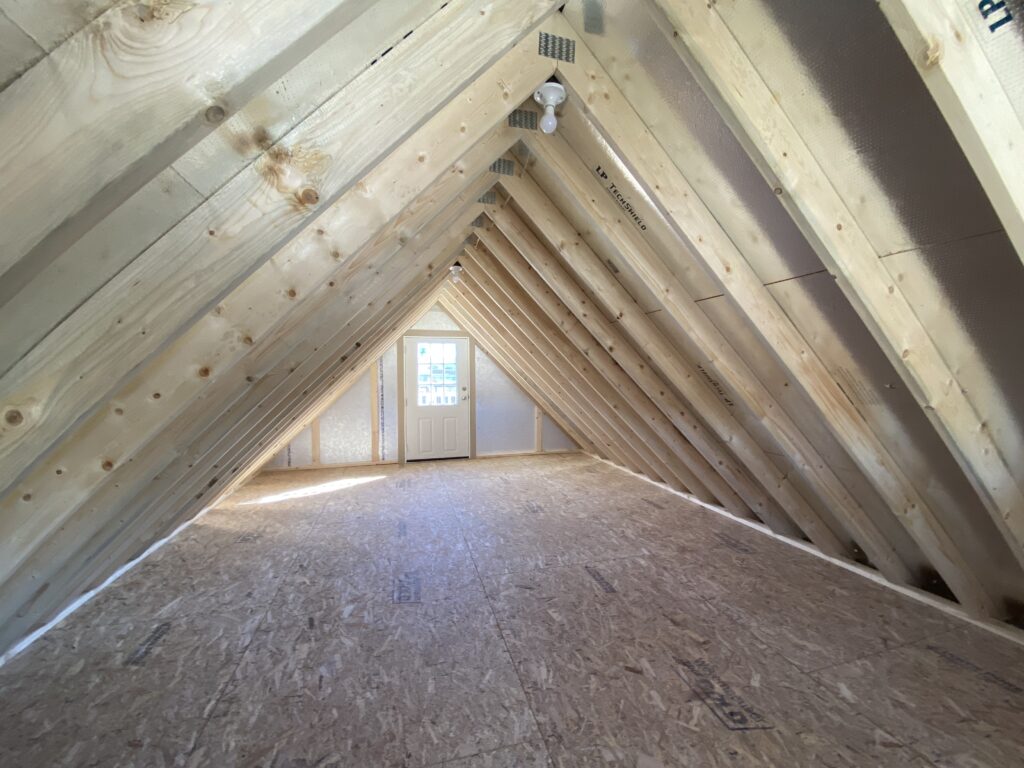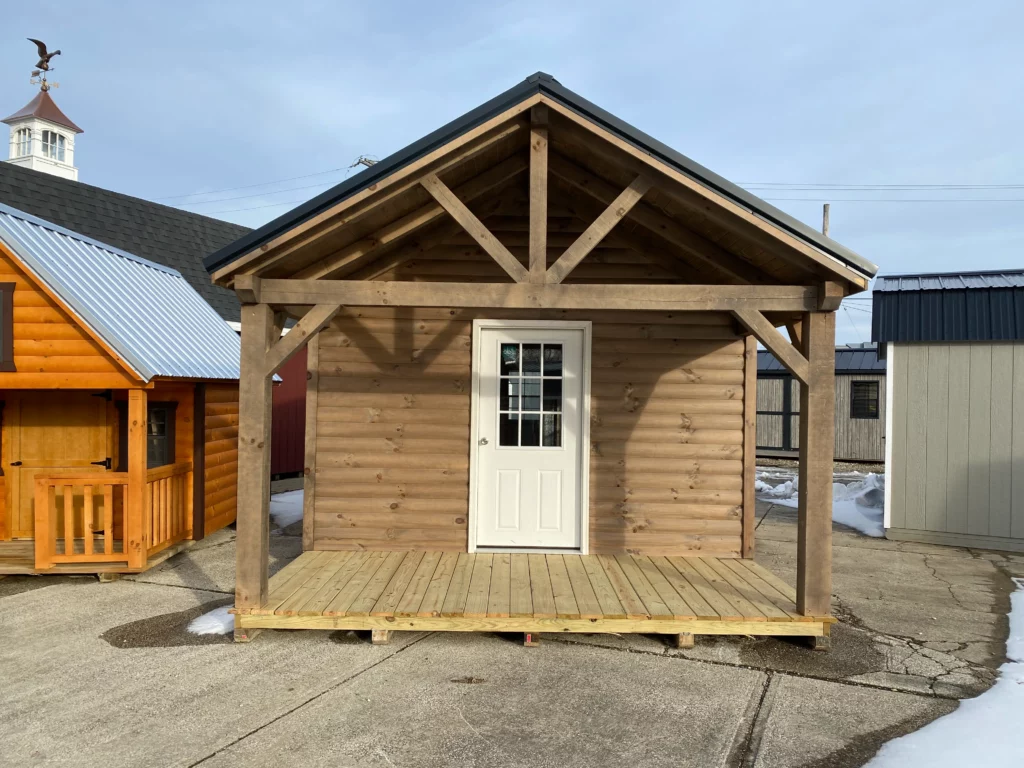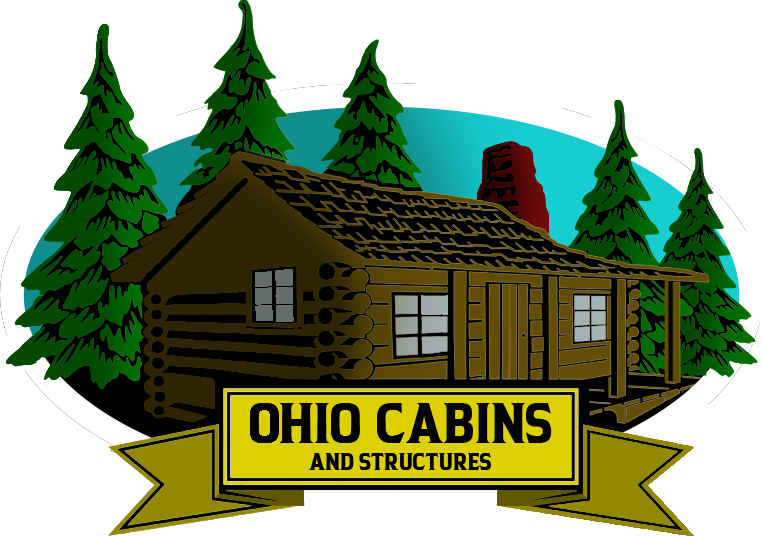If you’re in the market for a home, have you ever considered a modular home? Modular homes provide an opportunity to achieve big savings without compromising quality. As real estate prices continue to rise, and every penny saved is more valuable than ever before, it’s becoming increasingly attractive for buyers and investors alike. With their off-site pre-fabrication of portions of your home combined with efficient construction on site – progressive design elements can be achieved while saving costs compared to traditional stick built homes. In this blog post we’ll dive into what modular builds are all about: exploring the benefits they offer in terms of cost savings, speed of construction, sustainability, and peace of mind! Let’s go into rather are modular homes worth it or not.

What is a Modular Home and What are the Benefits of Building one
If you’re in the market for a new home, you may have heard the term “modular home” thrown around. Simply put, a modular home is constructed in sections or modules in a factory, then transported to the building site where they’re assembled by a builder. Despite the negative connotations some people have about prefabricated homes, modular homes have come a long way in recent years in terms of quality, customization, and energy-efficiency. Not only are they faster to build and more cost-effective than traditional stick-built homes, but they also offer several benefits such as flexibility in design, reduced waste, and superior construction quality as a result of factory-controlled manufacturing. If you’re considering building a new home, a modular home might just be the perfect option for you. Are modular homes worth it?
How Much Does a Modular Home Cost Compared to Traditional Construction
Modular homes have come a long way since their inception, offering a more affordable alternative to traditional construction. These prefabricated homes are built in sections, or modules, at an off-site factory, then delivered to the construction site for assembly. The cost of a modular home depends on a variety of factors, like the size, design, materials, and location. While the upfront cost of a modular home may be slightly higher than traditional construction, the overall cost savings can be significant. Modular homes require less labor and time to construct, and they are often more energy-efficient, saving homeowners money on utility bills in the long run. With the increasing demand for affordable and sustainable housing, modular homes are becoming a popular choice for homeowners who want the best value for their money.

Different Types of Modular Homes and Their Pros and Cons
Modular homes are becoming an increasingly popular housing option, with their energy-efficient designs and quicker build times. However, not all modular homes are created equal. There are several different types on the market, each with its own set of advantages and disadvantages. For example, panelized homes are made up of pre-fabricated wall panels, which can be assembled quickly on-site. However, their construction can be more complicated than other types of modular homes, and they may require more finishing work. Conversely, modular homes that are built using steel or concrete tend to be sturdier and better able to withstand harsh weather conditions. But, their materials can be more expensive and challenging to transport. Ultimately, the decision of which type of modular home to choose will depend on your specific needs and budget.
Choosing the Right Size for Your Modular Home
When it comes to choosing the right size for your modular home, there are a few important factors to consider. The first thing to think about is your lifestyle – do you need a larger space for a bigger family or frequent guests? Or are you content with a smaller, cozier home? Another consideration is your budget. While a larger home may be ideal, it may not be financially feasible. Be sure to also consider the layout and number of rooms you’ll need, as well as the size of the property you’ll be placing the modular home on. By taking the time to carefully evaluate your needs and constraints, you’ll be able to find a perfectly sized modular home that meets all of your requirements.
Common Design Features in Modular Homes
Modular homes have been gaining popularity in recent years due to their practicality and ease of construction. These homes are built in sections or modules, which are then transported to the desired location and assembled on site. Although modular homes may have a reputation for being boring or lacking in design, this is far from the truth. In fact, there are many common design features found in modular homes that make them both functional and aesthetically pleasing. From open floor plans and high ceilings to customizable finishes and unique layouts, modular homes offer a variety of design options for homeowners to choose from. Additionally, the ability to easily add on to modular homes allows for growth and flexibility over time. Whether you’re looking for a quaint cottage or a modern, minimalist design, modular homes have something to offer for everyone.

What Financing Options are Available for Modular Home Owners
Modular homes offer the convenience of a customizable living space with the added bonus of being assembled in a fraction of the time it takes to build a traditional home. A common question among those interested in purchasing a modular home is what financing options are available to them. Fortunately, modular homes are typically treated the same as traditional homes when it comes to financing. This means that homeowners can choose from a variety of options, including mortgages, home equity loans, personal loans, and construction loans. Each option has its own set of pros and cons, so it’s important to research and weigh all of your choices before making a decision. With the right financing in place, owning a modular home can be a smart and affordable choice for many homebuyers. Are modular homes worth it with flexible financing options?

Concluding
In conclusion, modular homes give homeowners the chance to build a house that fits their needs while saving money. From answering what a modular home is and how much they cost in comparison to traditional construction to discussing different types of modular homes and common design features, this blog post has provided plenty of information on these unique dwellings. Plus, the financing options are there for those looking to purchase a modular home – whether it’s through traditional methods or through imaginative plans like rent-to-own deals. While considering these options, be sure to examine all your options and think carefully about which sizes will work best for your individual home. Ultimately, you’ll want to fabricate a house that can meet your highest expectations and provide you with a comfortable life for years to come. Are modular homes worth it? Modular homes just might be the answer!
